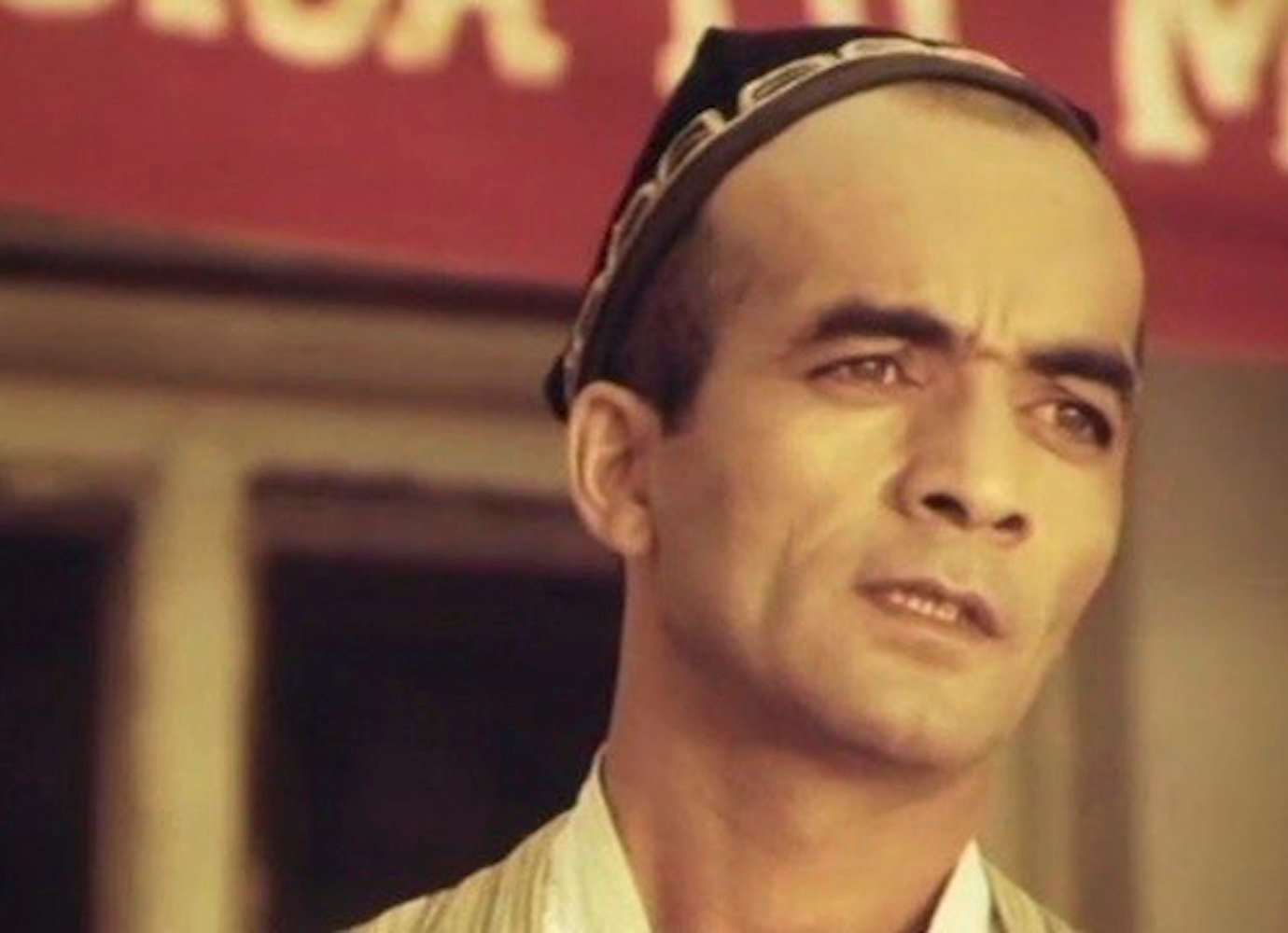Mesmerisingly minimalist, Beshkempir is a relatable coming-of-age story from Central Asia | Film of the Week
Beshkempir, or The Adopted Son (1998) takes place in a remote Kyrgyz village, where a teenage boy is forced to navigate a world that suddenly feels complicated and cruel. Directed by Aktan Arym Kubat (also known as Aktan Abdykalykov) the movie was one of the first made in independent Kyrgyzstan — and a true example of a personal story that speaks to a universal audience.
The film opens on a colourful adoption ritual. But while most viewers would expect the scene to unfold into a journey filled with patterns, ornaments, and folk customs, the narrative instead jumps more than a decade into the future. Once there, the film switches from colour to black-and-white, to follow the young boy that the adopted baby has become.
The first seconds after this abrupt change are jarring. But soon the viewer comes to embrace it, recognising Beshkempir instead as a masterclass in minimalism. By rejecting the rich local colours at his disposal, the director instead crafts a simple coming-of-age story that could happen anywhere in the world. Set to a soundtrack of birdsong and rustling leaves, the film follows its title character through disagreements with his parents, friendships and falling-outs, and first pangs of love and lust.
The boy inevitably discovers that he is adopted, and grapples with his identity. But it is the more mundane shots seen through his eyes that carry the film’s greatest emotion, even more than this central conflict. These scenes are instantly recognisable: you, too, have been fascinated by a frog in a pond; you, too, have begged your parents to let you go to the movies.
It is when you get used to Beshkempir’s minimal language that the film’s colour starts to return — not as a constant, but used instead to elevate certain moments. This sparse use makes the colours appear all the more striking, allowing them to convey something ineffable. Viewers cannot help but wonder what they stand for: love? femininity? spirituality? The symbolism is open to interpretation, but the director himself credits this idea to a single memory of receiving a childhood injury. In Arym Kubat’s memory, the episode is entirely in black-and-white — apart from the colourful ball that was his favourite toy.
In fact, Aktan Arym Kubat draws quite a lot from his personal life in this film. He also grew up in an adoptive family in rural Kyrgyzstan, and he cast his own son in the leading role. All other parts, meanwhile, are also played by non-professional actors. The film received wide critical acclaim and a number of prestigious prizes, including the Silver Leopard at the Locarno Festival. This, however, was not yet enough to support the director, who still had to keep cattle to earn enough money to get by even after the film’s success. Now a distinguished auteur and public figure, he works hard to promote cinema in Kyrgyzstan and travels around the world with his old and new films. Yet Kubat calls himself “very much a rural person” and stays loyal to the people he grew up with and to their stories — steadfast in his conviction that such tales can make the world’s best cinema.
Watch on YouTube.


